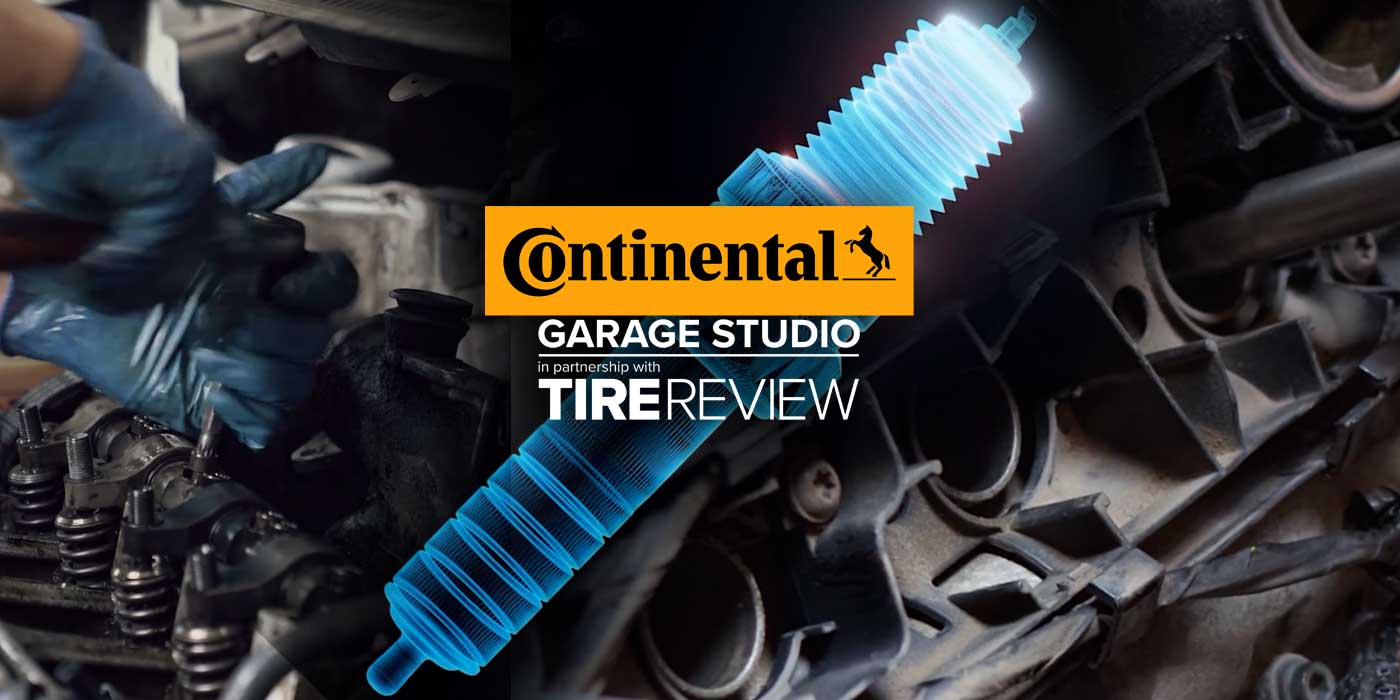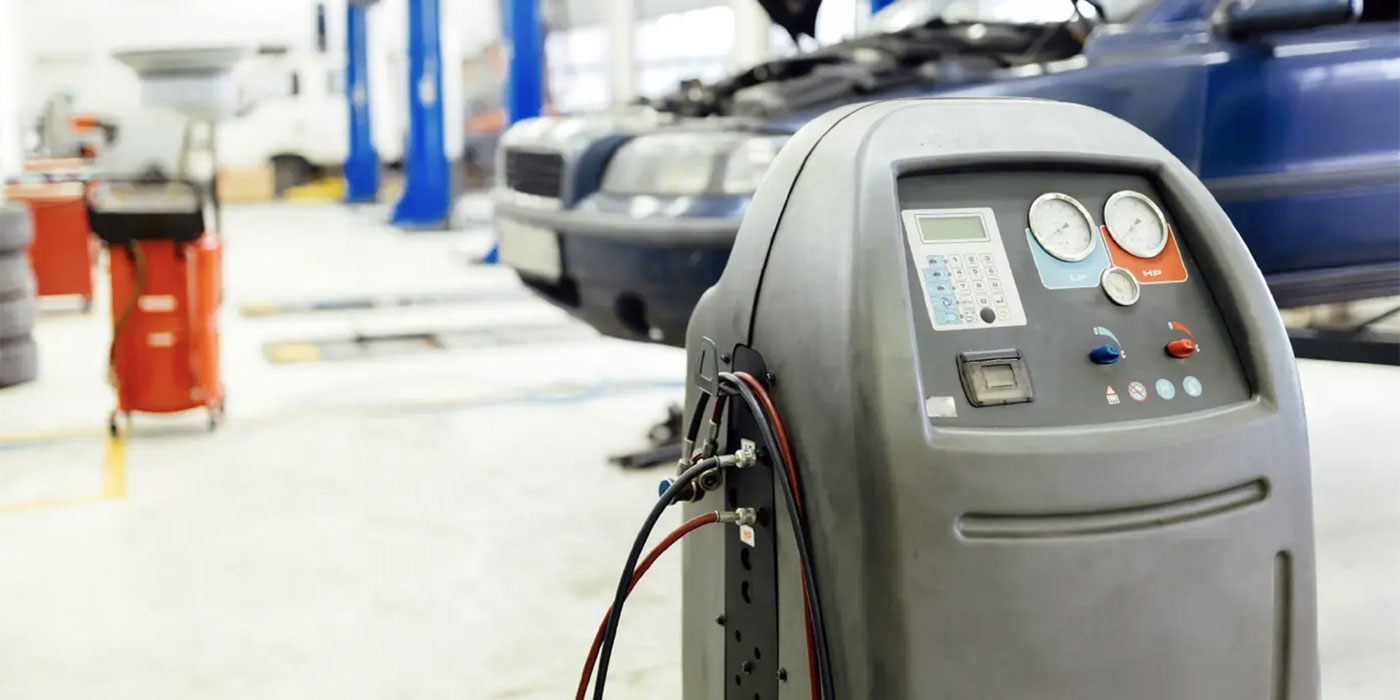rter. If the starter tests good, the slow-cranking or no-cranking problem is obviously something other than the starter.
Check the battery, battery cables, starter relay (if the vehicle has one) and the starter circuit and wiring connections for possible faults. If the starter tests bad because the cranking RPMs are too low, there is excessive current draw or it fails to spin at all, you can sell the customer a new or remanufactured starter with a high degree of confidence.
Excessive starter draw can be caused by high resistance within the starter itself, worn brushes, or grounds or opens in the armature or coil windings. It also can result from increased internal friction due to shaft bushings that bind, or an armature or magnets that are rubbing inside the starter.
A loose starter may crank an engine slowly, noisily or not at all. Loose bolts will make for a weak ground connection. The starter may also flop around, slip, chatter or fail to engage, depending on how loose it is.
Sometimes a starter will spin but won’t crank the engine. This is usually an engagement problem due to a weak solenoid or a defective starter drive. A starter drive that is on the verge of failure may engage briefly but then slip. The starter drive has a one-way overrunning clutch mechanism that you can check once the starter is out of the car (and replace if necessary).
If good, the drive should turn freely in one direction but not in the other. A bad drive will turn freely in both directions or not at all. If a drive locks up, it can over-rev and destroy the starter.
Charging Problems
The first sign of trouble when an alternator is failing (or has failed) is a low or dead battery. On a late-model vehicle, not only can that cause a no-start, it also can cause the loss of “learned” data in the powertrain control module and other modules throughout the vehicle. In some cases, certain modules may not regain their normal function after the battery has been recharged and/or the charging problem repaired because the module requires a special relearn procedure (which may require using a scan tool to reset or reinitiate the module).
The output of the charging system on a vehicle can be checked with a digital voltmeter while the engine is idling. A charging system that is working properly should produce a charging voltage of somewhere around 13.5 to 14 volts at idle with the lights and accessories off (always refer to the vehicle manufacturer’s specifications). When the engine is first started, the charging voltage should rise quickly to about two volts above base battery voltage, and then taper off, leveling out at the specified voltage.
The exact charging voltage will vary according to the battery’s state of charge, the load on the vehicle’s electrical system, and temperature. The lower the tempera- ture the higher the charging voltage, and the higher the temperature the lower the charging voltage.
The normal charging voltage on a typical application might be 13.9 to 15.1 volts at 77F. But at -20F, the charging voltage might be 14.9 to 15.8 volts. On a hot engine on a hot day, the normal charging voltage might drop to 13.5 to 14.3 volts.
If the charging output is low, the alternator can be bench-tested to see if it is good or bad. Make sure you use the correct wiring adapters for the unit and that all of the connections are made properly. The bench tester will check the alternator’s voltage and current output. Also look for “ripple voltage” or alternating current leakage that would indicate bad diodes inside the alternator.
If the alternator tests bad, your customer needs a new or remanufactured replacement alternator. You might use the opportunity to recommend a higher-output alternator if the customer’s vehicle is equipped with high-load electrical accessories, like a mega-watt stereo system.
If the alternator tests good, the problem is not the alternator, but something in the wiring or the charging system control circuitry. High circuit resistance and ground connection resistance can cause low charging output.
Circuit resistance can be checked by connecting a volt meter to the positive battery terminal and the positive terminal on the alternator. With the engine running and the headlights on, there should be less than half a volt drop, and ideally less than one-tenth of a volt drop. A higher reading would indicate too much resistance. The same test can be repeated using the battery negative terminal and the alternator housing to check for excessive resistance on the ground side of the circuit.
If the wiring checks out OK, the problem could be in the voltage regulating circuitry inside the powertrain control module. On many late-model vehicles, charging output can be varied depending on operating conditions, as well as electrical load. Problems with other sensor inputs or a defect in the control module itself may prevent the alternator from charging the battery properly.
A slipping drive belt is another common cause of undercharging, especially with V-belts on older vehicles. Serpentine belts usually provide a better grip, but if the automatic tensioner is weak or stuck, it can allow the belt to slip under load. Glazing on the belt or belt noise when high-load electrical accessories are turned on with the engine idling can be signs that the belt is slipping.
Alternator slippage and undercharging also can be caused by a bad alternator pulley. Overrunning alternator pulleys (OAP) are used on a number of late-model import and domestic vehicles. OAP have a one-way clutch inside the center of the pulley that slips and allows the pulley to free-wheel when engine speed suddenly drops. This reduces NVH in the belt drive system, but may cause a charging problem if the clutch slips when it should be gripping.
Another type of pulley is the overrunning alternator decoupler (OAD) pulley. This type of pulley combines a one-way clutch with a torsion spring to decouple and absorb torsional vibrations in the belt drive system.
This provides much quieter and smoother operation than either a solid pulley or an overrunning alternator pulley, especially at lower engine speeds (from idle to about 1,500 RPM). But it also can cause slipping and charging problems if the clutch or decoupler spring is defective.
Alternator Replacement
Some replacement alternators come with a pulley already installed and some do not. If the replacement alternator comes with a pulley, make sure the pulley matches the original (same diameter, width and belt type). No pulley means your customer will have to swap the pulley from the old alternator to the replacement. Removing a conventional solid pulley usually requires a gear puller to pull the pulley off the alternator shaft. But on some applications, a threaded OAP or OAD pulley may be used and a special tool may be required to get it off.
Solid pulleys are usually just mounted on the alternator shaft with a light press fit and are held in place with a large hex nut and washer on the end of the shaft. By comparison, OAP and OAD pulleys are usually threaded onto the alternator shaft and require a special splined tool that fits inside the pulley to remove them. A small protective cap on the outside of an OAP or OAD pulley also has to be pried off to change the pulley.
OAP and OAD pulleys are more complicated and expensive than ordinary solid pulleys, but are installed on the alternator for a reason. Replacing an OAP or OAD pulley with a less expensive solid pulley is possible, but that may defeat the purpose of the original pulley and may result in increased NVH, reduced belt and tensioner life and customer complaints.
When a new or remanufactured alternator is installed on a high-mileage vehicle, recommend a new drive belt too. OE belts made of EPDM synthetic rubber are high-mileage belts capable of lasting upward of 100,000 miles. Unlike older belts made of less durable rubber, they don’t crack with age. But they do wear. It’s difficult to see how much the grooves on the underside of the belt may be worn, so belt manufacturers have created special belt wear tools that can check the depth of the grooves to reveal how much they are worn.
The operation of the automatic belt tensioner also should be checked to make sure it is working correctly and is capable of maintaining proper belt tension. Rust and corrosion can cause old tensioners to bind, and a weak or broken spring may prevent it from keeping the belt tight.













